6 foolproof steps for treating a hot tool burn
By Team BEAUTYcrew
August 04 2021
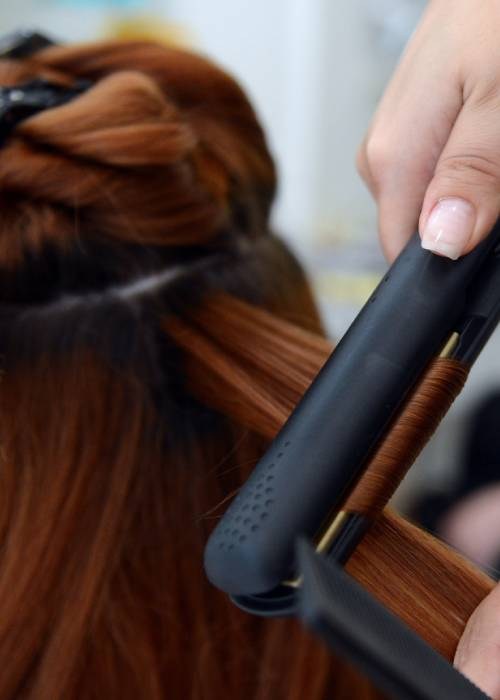
Including the essential things you should avoid
By Team BEAUTYcrew
August 04 2021
Hot tools are a true blessing. Whether they’re enabling you to create sleek, straight strands or cool-girl curls, they're no doubt one of the beauty industry’s greatest inventions.
That is, until you lose concentration for a split second and that 180-degrees (or hotter) tool burns you. While styling tool burns typically aren’t too serious, they do still need some attention.
So if you've suffered a heat-related injury in the name of amazing hair, we're here for you. We asked Dr Samantha Eisman, dermatologist at Sinclair Dermatology, for the best ways to treat heat styling burns...
1
Cool the burn down
This may not come as a surprise to you, but the first (and most important) thing to do after burning yourself with a hot tool is to cool the area down. Eisman recommends placing the burn under cool running water if possible, or applying a cool compress to the area for 20 minutes. Eisman explains that removing the heat from the burn is essential because cooling can prevent the wound from progressing and affecting deeper layers of the skin.
2
Assess the damage
Before you can appropriately treat your burn, you need to determine the extent of the damage. Burns from hot tools are most commonly superficial, which implies that only the outer layers of skin are affected. “They present with pain and redness but don’t blister and will heal within 10 to 12 days,” Eisman explains. Alternatively, 'partial burns' can occur, which means the first and second layers of skin are affected. “These burns are also painful and red, but they tend to blister,” she adds. The rarest type of burn from a hot tool, which is becoming more and more frequent especially in toddlers and children who accidentally touch the heated iron, are 'full thickness' burns – they involve all the layers of the skin. These are the type to be taken particularly seriously: “These burns are painless, charred, dry and leathery, and are a medical emergency that require urgent medical attention," Eisman advises.
3
Apply a soothing burn gel
If you’ve decided that no urgent medical attention is required and your burn is only superficial, Eisman recommends applying a first aid burn gel, like the Burnaid Gel ($7.99 at Chemist Warehouse) to the wound after you've run it under cold water.
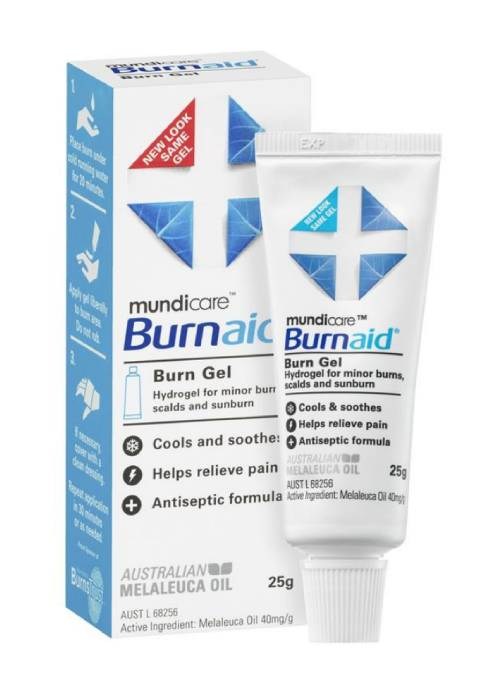
4
Keep the wound moist
According to Eisman, the best way to ensure your burn doesn’t scar is to keep the wound moist. To do so, continue to apply a hydrating ointment like Vaseline ($4.49 at Chemist Warehouse) as often as possible for a few days following the burn. She adds that antibiotic ointments can also be applied (under the direction of your doctor) to care for the wound and prevent infection.
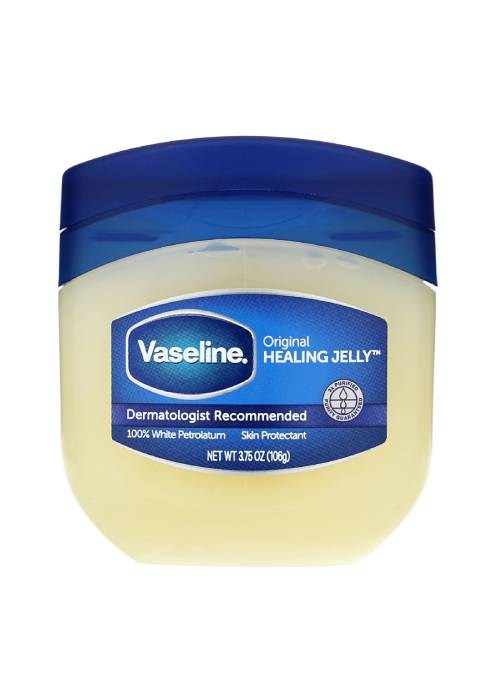
5
Load up on SPF
“Once the overlying skin is no longer a scab and the skin is intact, apply daily sunscreen with an SPF of 30 or higher and keep the burn out of the sun,” says Eisman. Doing so will protect the sensitive area and reduce the chances of scarring. Our pick? Ego QV Face Day Cream SPF30 ($18.69 at Chemist Warehouse). It's designed to hydrate and soothe sensitive skin while also providing protection, so it'll keep the burn shielded from the sun without aggravating it.
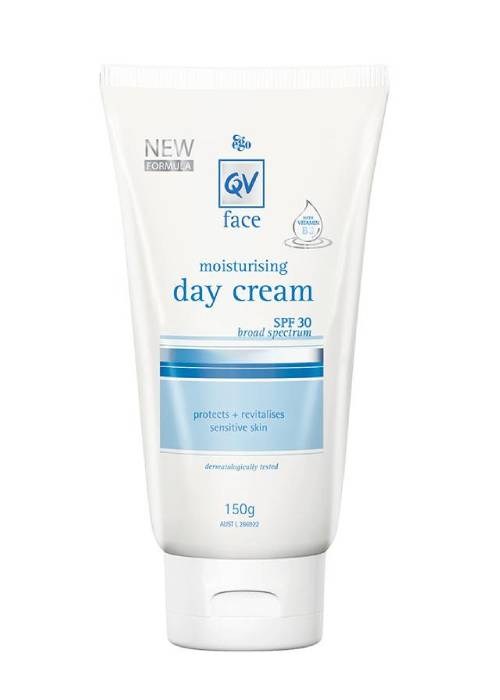
6
Hold off on applying makeup
While you’re likely to want to hide your burn with concealer, Eisman warns against this. Covering a burn (particularly a burn in its early stages) with makeup “can irritate the wound and delay healing. If you need to cover the wound then apply a wound-healing dressing such as the DuoDerm Extra Thin Single Dressing ($9.49 at Chemist Warehouse) and apply makeup over this,” she adds.
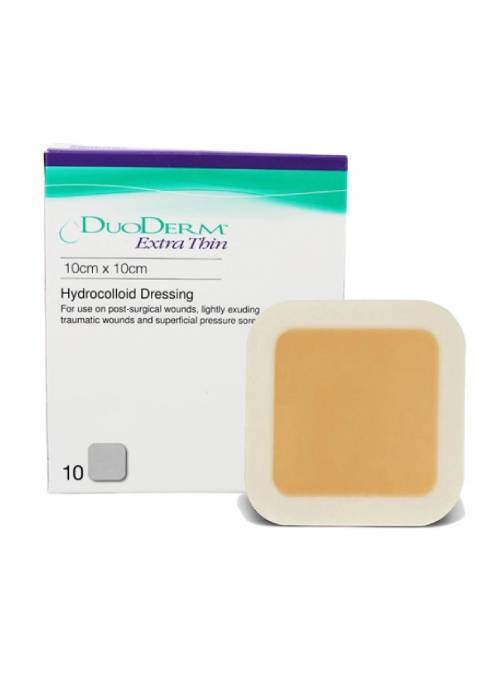
Main image credit: Getty Images
Dealing with an allergic reaction or skin rash? Here are our top tips...






